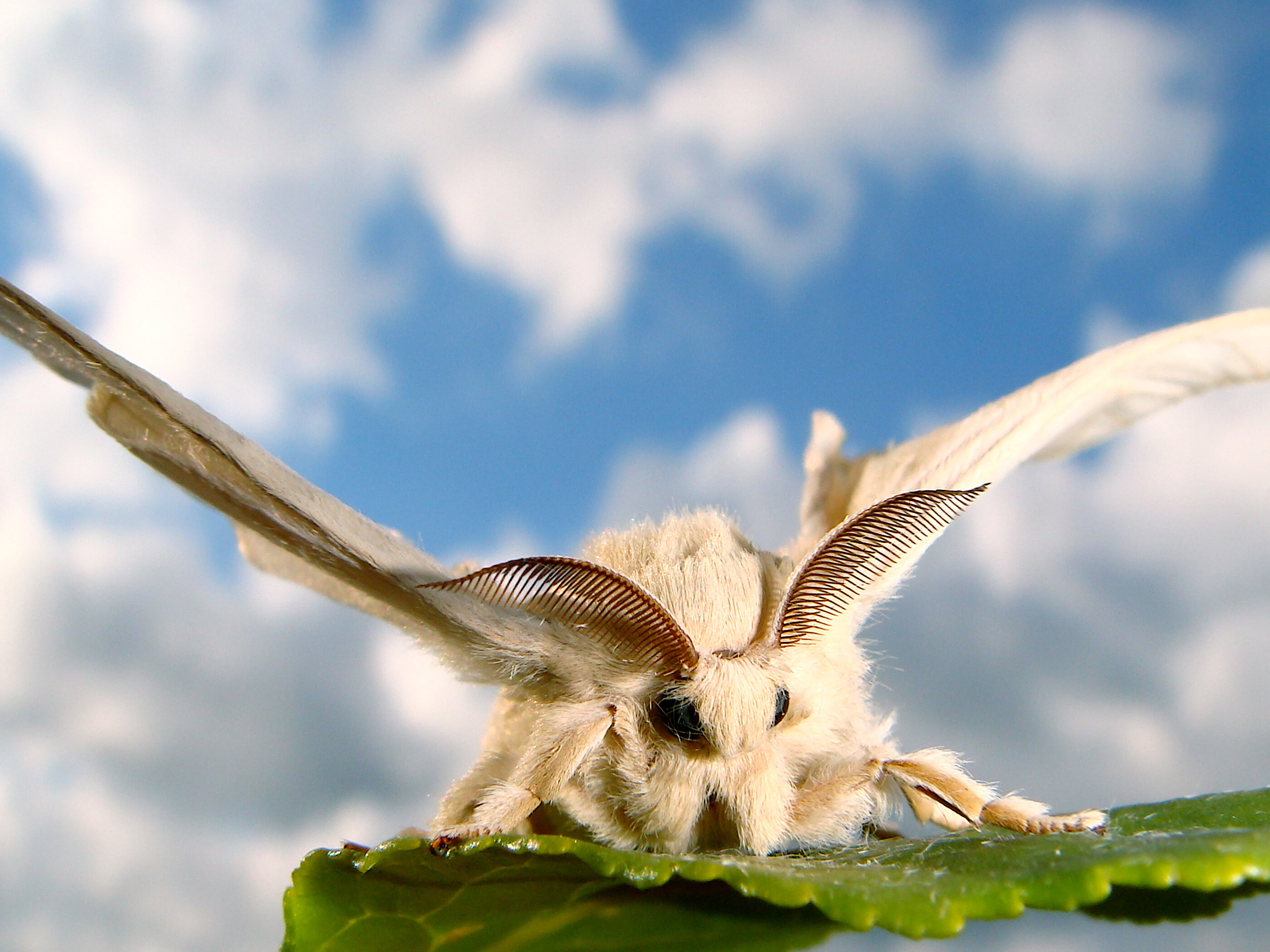A team of researchers from the Max Planck Institute for Chemical Ecology, together with colleagues from the Martin Luther University Halle-Wittenberg, Germany, has studied olfaction in female silk moths. Using electrophysiological methods, they discovered that the antenna, which is specialized in males to detect female pheromones, is particularly sensitive to the scent of silkworm excrement in females.
In males, the detection of pheromones takes place in a long type of these sensilla, whereas the long sensilla neurons of females detect the odor of larval excrement. The odor of the mulberry tree, the only silkworm host plant, on the other hand, is detected by the female silk moths’ sensory neurons in medium-length sensilla.
The study is published in the journal Proceedings of the Royal Society B: Biological Sciences.
In humans, the sense of smell is similarly developed in men and women, although women have slightly more olfactory neurons and therefore a slightly more sensitive nose. On the whole, however, they perceive the same odors. Male moths, on the other hand, live in a completely different olfactory world to their female counterparts. For example, the antennae of male silk moths—their “nose”—are highly specialized to detect female sex pheromones, while females cannot even smell their own pheromones.
There are thousands of sensilla on the antennae, hair-like structures, that can be divided into morphologically and functionally distinct groups. The most common sensilla in males are long and contain two sensory neurons. One is specialized to detect bombykol, the sex pheromone of females, while the other responds to bombykal, a component of the pheromone of other moth species. While bombykol is highly attractive to male silk moths, bombykal is a deterrent.
2024-01-17 05:41:02
Source from phys.org
